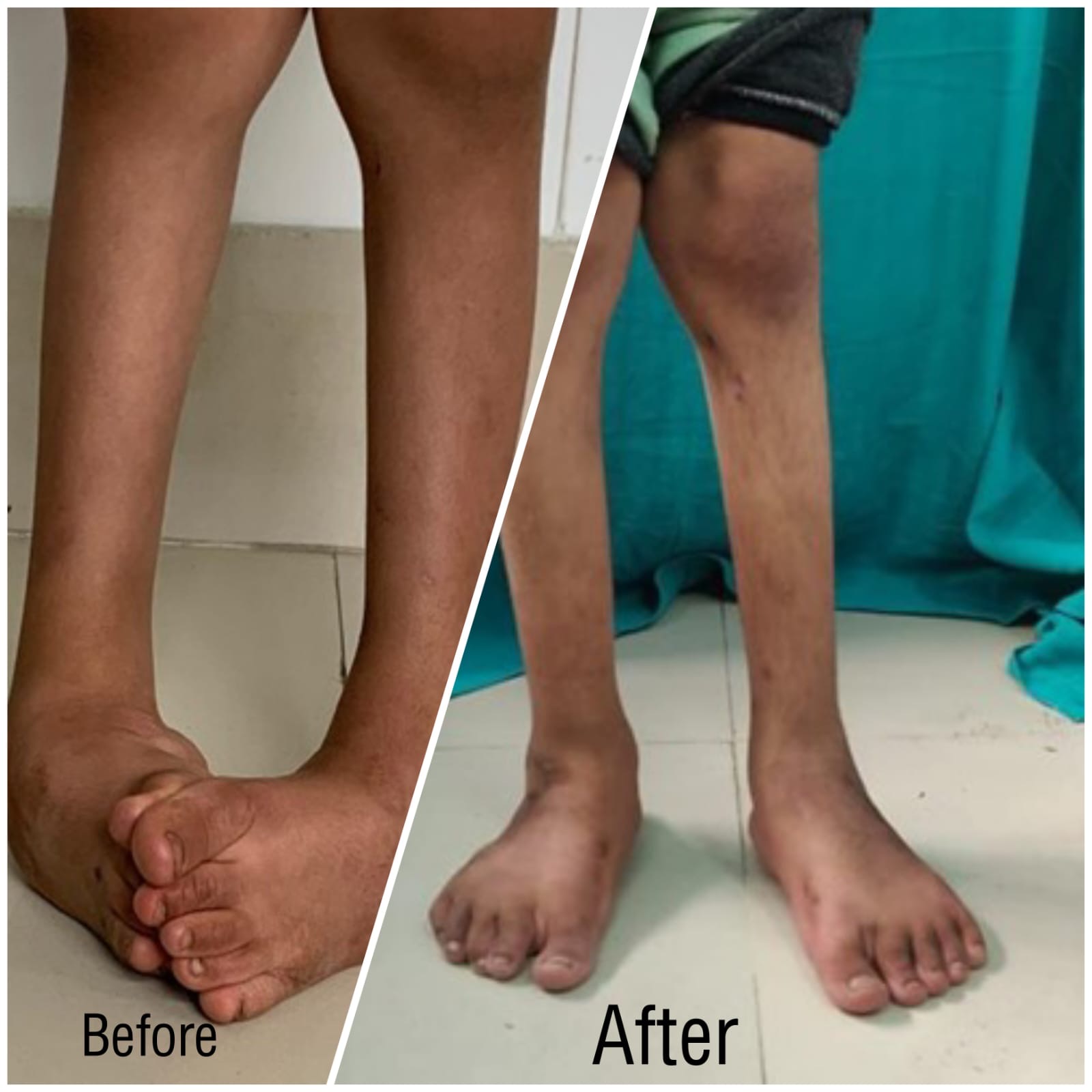
The Ilizarov Method Before and After: Transformations in Limb Lengthening and Deformity Correction
The Ilizarov method, developed by Dr. Gavriil Ilizarov in the 1950s, revolutionized orthopedic surgery with its unique approach to limb lengthening and deformity correction. This method involves using an external fixator to gradually lengthen bones or correct deformities through a process known as distraction osteogenesis. This article delves into the profound transformations achieved through the Ilizarov method, illustrated by before-and-after case studies, highlighting its impact on patients’ lives, the surgical process, and the long-term outcomes.
Historical Background and Development of the Ilizarov Method
Origins and Innovations
Dr. Gavriil Ilizarov, a Soviet orthopedic surgeon, developed this method while working in a remote area of Siberia. Initially met with skepticism, his work gained international acclaim due to its success in treating complex fractures and congenital deformities. The core principle of the Ilizarov method is distraction osteogenesis, where new bone tissue forms as a response to gradual mechanical distraction.
Principles of Distraction Osteogenesis
Distraction osteogenesis involves the following key principles:
- Tension-Stress Effect: Gradual tension applied to the bone stimulates cellular activity, leading to new bone formation.
- Corticotomy: A surgical procedure where the bone cortex is cut while preserving the periosteum and medullary canal, essential for new bone growth.
- Gradual Distraction: Controlled mechanical distraction of the bone at approximately 1 mm per day, allowing the formation of new bone in the gap.
- Multiplanar Correction: The external fixator allows precise adjustments in multiple planes, correcting complex deformities.
Before and After: Transformative Case Studies
Limb Lengthening
Case Study 1: Congenital Short Stature
Before: A 12-year-old patient with achondroplasia, a form of dwarfism, presents with significantly shortened limbs and associated functional limitations. The patient’s height and limb length discrepancies cause physical and psychosocial challenges.
Procedure: A meticulous preoperative plan is developed, followed by a corticotomy and application of the Ilizarov fixator. The lengthening process involves gradual distraction, typically at a rate of 1 mm per day.
After: The patient achieves an increase in limb length by approximately 8 cm. This substantial lengthening significantly improves physical function, mobility, and self-esteem. The patient’s ability to perform daily activities independently is markedly enhanced.
Case Study 2: Post-Traumatic Shortening
Before: A 30-year-old patient suffers a severe femur fracture in a car accident, resulting in limb shortening and difficulty walking. Conventional treatments fail to restore limb length and function.
Procedure: The Ilizarov method is employed, involving a corticotomy and gradual distraction. The external fixator is adjusted daily to achieve the desired lengthening.
After: The patient’s limb length discrepancy is corrected, restoring normal gait and function. The psychological and physical transformation is profound, with the patient resuming work and recreational activities.
Deformity Correction
Case Study 3: Congenital Clubfoot
Before: A 5-year-old child with congenital clubfoot presents with severe foot deformity, hindering walking and causing pain. Previous non-surgical treatments, including casting, have been ineffective.
Procedure: The Ilizarov fixator is applied to correct the deformity. Gradual adjustments are made to realign the foot structure over several weeks.
After: The foot achieves normal alignment, significantly improving the child’s ability to walk and participate in activities. The correction of the deformity enhances the child’s quality of life and overall development.
Case Study 4: Genu Varum (Bow Legs)
Before: A 15-year-old adolescent with genu varum, or bow legs, experiences pain and functional limitations, impacting daily activities and sports participation.
Procedure: Bilateral Ilizarov fixators are applied to correct the angular deformity. The gradual distraction process realigns the bones to achieve proper leg alignment.
After: The deformity is corrected, resulting in improved leg function and aesthetic appearance. The patient experiences reduced pain and increased participation in physical activities, boosting confidence and well-being.
The Ilizarov Procedure: A Comprehensive Overview
Preoperative Planning
Successful outcomes with the Ilizarov method begin with thorough preoperative planning. This involves detailed imaging studies (X-rays, CT scans) and clinical evaluations to determine the appropriate treatment strategy. The patient’s medical history, the severity of the deformity or limb length discrepancy, and overall health are considered.
Surgical Procedure
- Corticotomy: The surgical phase starts with a corticotomy, a controlled surgical procedure where the bone cortex is cut while preserving the periosteum and medullary canal. This step is crucial for enabling new bone growth during distraction.
- Application of Ilizarov Fixator: The external fixator is applied to the limb, with rings and wires or pins securing the bone segments. The fixator’s design allows for precise adjustments in multiple planes.
- Initial Distraction: After a latency period of 5-7 days, gradual distraction begins. The patient or caregiver adjusts the fixator daily according to the prescribed schedule.
Distraction Phase
During the distraction phase, the bone segments are gradually separated at a rate of approximately 1 mm per day. This gradual process stimulates the formation of new bone in the gap, a process known as osteogenesis. Regular monitoring through clinical evaluations and imaging ensures that the distraction is proceeding correctly and identifies any potential complications early.
Consolidation Phase
Once the desired length or correction is achieved, the focus shifts to the consolidation phase. During this period, the fixator remains in place to allow the new bone to solidify and strengthen. The duration of the consolidation phase depends on the extent of lengthening or correction achieved and the individual patient’s healing response.
Removal of Fixator
After sufficient consolidation, the external fixator is removed. The patient may require additional rehabilitation to regain full function and strength. Physical therapy plays a crucial role in helping patients restore mobility, strength, and overall function.
Advantages and Limitations of the Ilizarov Method
Advantages
- Minimally Invasive: The corticotomy is less invasive than traditional osteotomies, preserving blood supply and promoting faster healing.
- Versatility: The fixator allows for precise adjustment in multiple planes, making it suitable for complex deformities and multi-directional corrections.
- Biological Stimulation: Gradual distraction stimulates natural bone formation and soft tissue adaptation, leading to robust and well-vascularized new bone.
- Customization: The method can be tailored to individual patient needs, allowing for personalized treatment plans.
- Functional Outcomes: Patients can often bear weight and maintain joint mobility during the treatment, promoting better functional outcomes.
Limitations and Complications
- Patient Compliance: Successful outcomes depend on strict adherence to the distraction schedule and meticulous care of the fixator.
- Infection: Pin-site infections are a common complication, requiring diligent care and sometimes antibiotic treatment.
- Pain and Discomfort: Patients may experience pain and discomfort during the distraction phase, necessitating pain management strategies.
- Soft Tissue Complications: Nerve and muscle irritation or contractures may occur due to the gradual lengthening process.
- Prolonged Treatment Duration: The entire treatment process can be lengthy, often taking several months to achieve the desired results.
Recent Advances and Innovations
Advancements in technology and surgical techniques have further refined the Ilizarov method:
- Computer-Assisted Planning: Advanced imaging and computer software aid in precise preoperative planning and simulation of the correction.
- Hybrid Fixators: Combining the Ilizarov fixator with other fixation devices, such as intramedullary nails, can enhance stability and reduce treatment time.
- Minimally Invasive Techniques: Innovations in minimally invasive surgery and percutaneous techniques have made the procedure less invasive and reduced recovery times.
- Bioengineered Scaffolds: Research into bioengineered scaffolds and growth factors aims to enhance bone regeneration and improve outcomes.
Rehabilitation and Postoperative Care
Postoperative care and rehabilitation are crucial components of the Ilizarov method:
- Physical Therapy: Tailored physical therapy programs help patients regain strength, mobility, and function during and after the treatment.
- Psychological Support: Psychological support and counseling can help patients cope with the challenges and demands of the treatment process.
- Pin-Site Care: Regular cleaning and monitoring of pin sites are essential to prevent infections and complications.
- Follow-Up: Regular follow-up appointments with the orthopedic surgeon ensure proper monitoring and timely intervention if complications arise.
Long-Term Outcomes and Quality of Life
The long-term outcomes of the Ilizarov method are generally positive, with patients experiencing significant improvements in limb function, mobility, and overall quality of life. The ability to correct deformities and lengthen limbs not only enhances physical capabilities but also has profound psychological benefits. Patients often report increased self-esteem, social participation, and overall satisfaction with their treatment outcomes.
Conclusion
The Ilizarov method, with its roots in the innovative work of Dr. Gavriil Ilizarov, has transformed the landscape of orthopedic surgery. Its ability to promote natural bone growth and correct complex deformities has revolutionized the treatment of limb length discrepancies and deformities. While the method requires patient commitment and careful management, its potential to transform lives is undeniable. As technology continues to advance, the Ilizarov method will likely evolve further, offering even greater precision, reduced treatment times, and improved patient outcomes.
The before-and-after transformations achieved through the Ilizarov method underscore its remarkable impact on patients’ lives. From children with congenital deformities to adults recovering from traumatic injuries, the


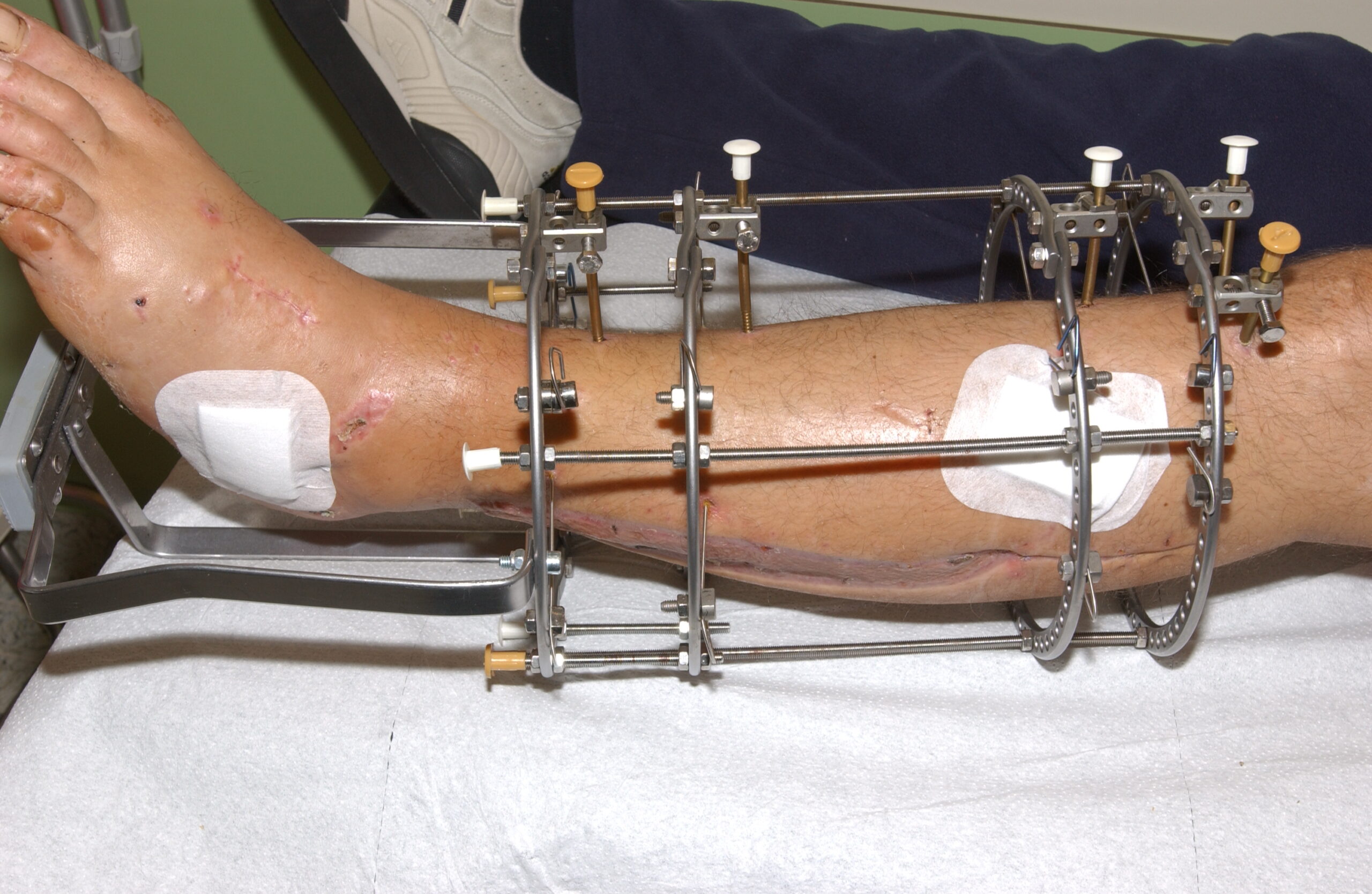
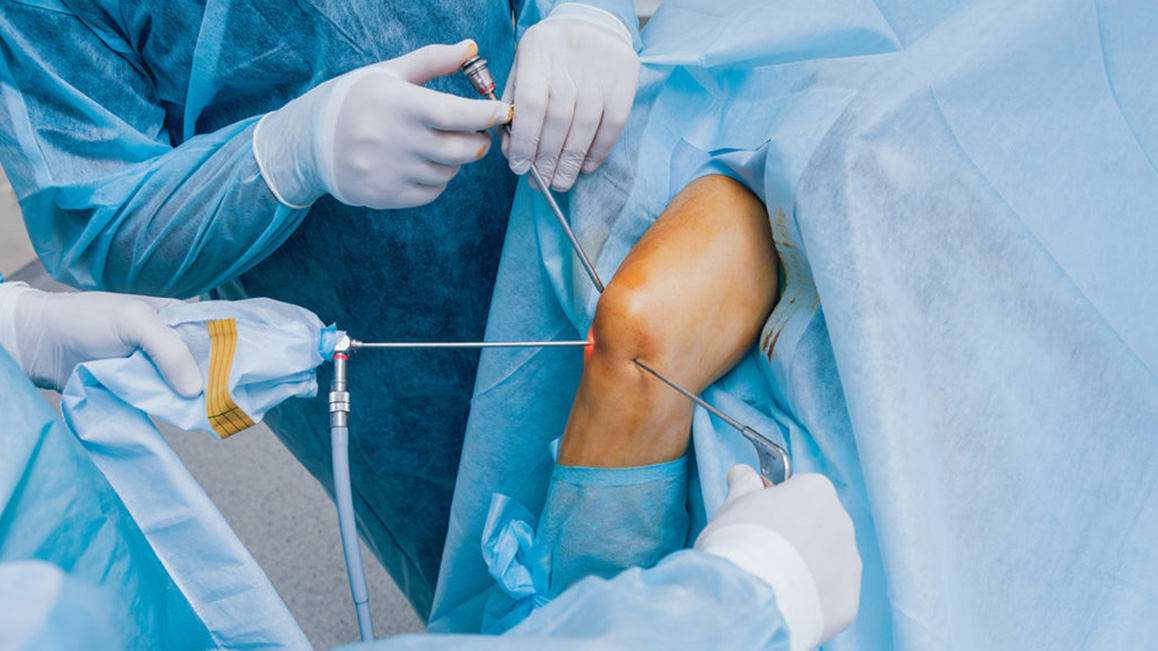
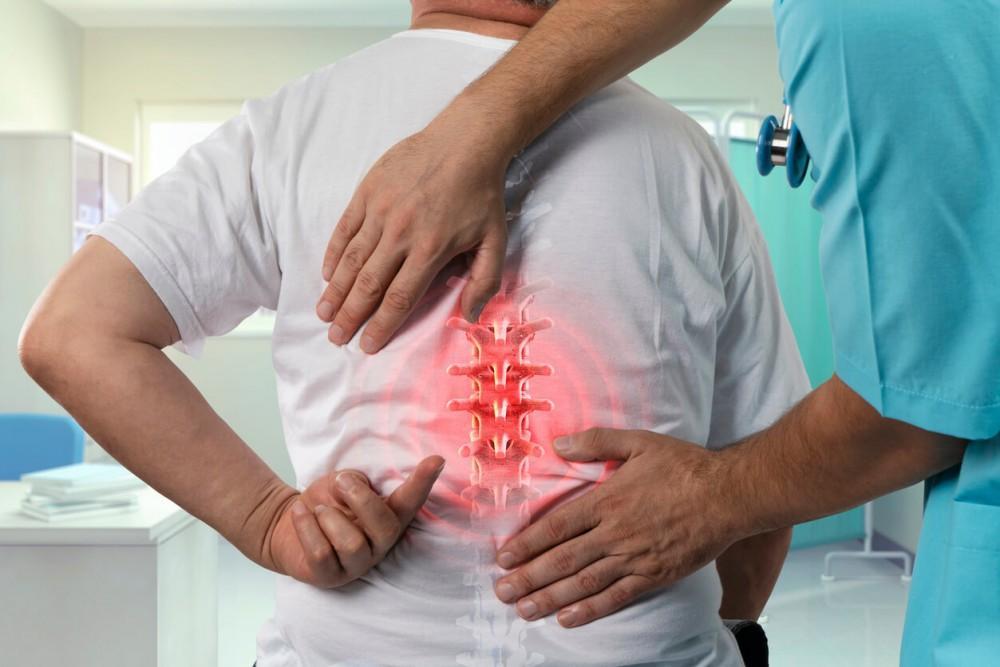
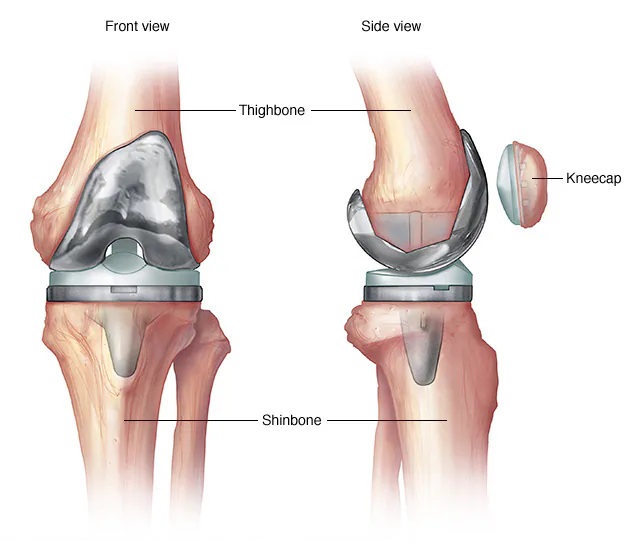
Leave a Reply